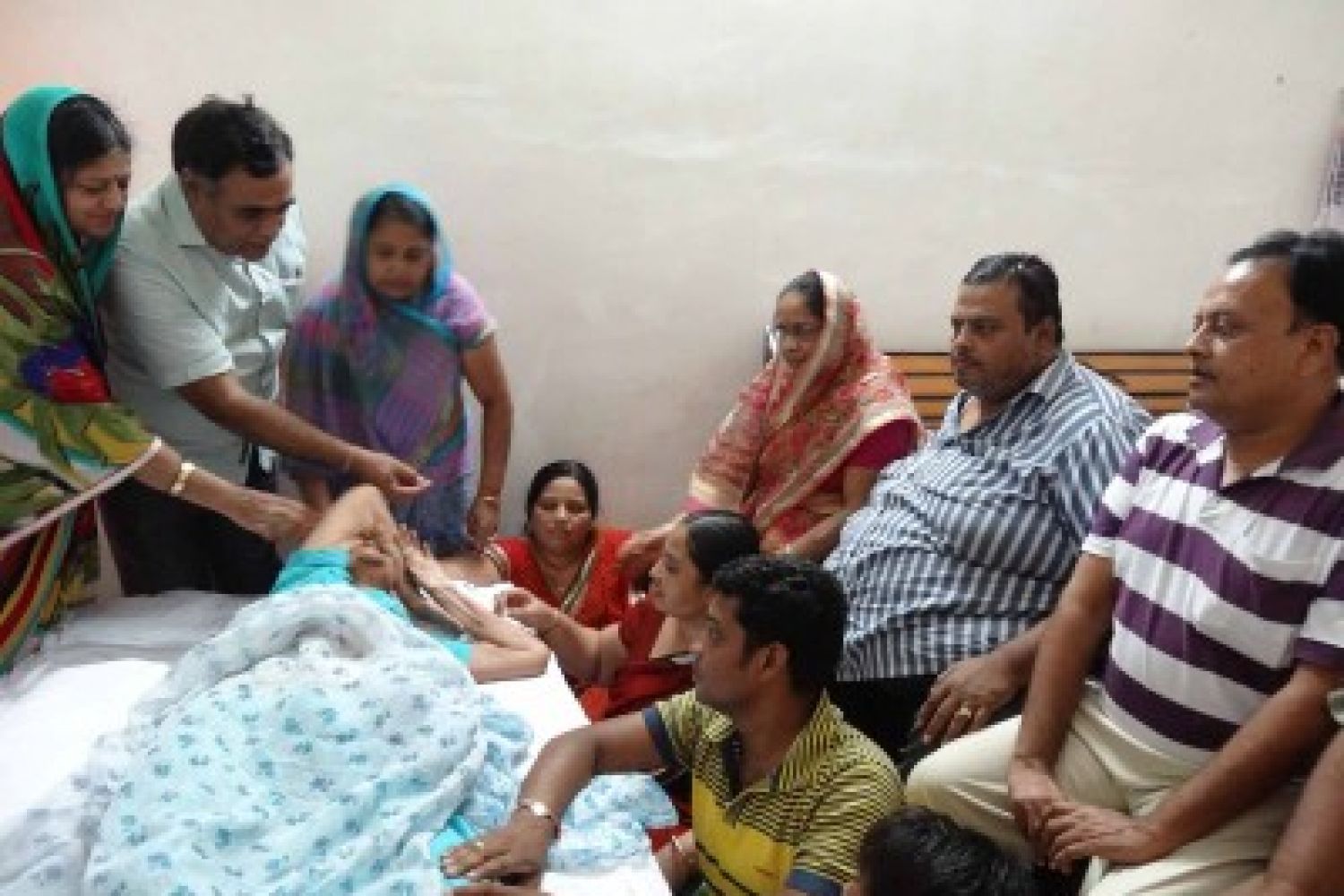
She died the day after
I left. While there, all I could see was the remains of an 82-year-old life, a
crumpled body that needed help to be turned in bed.
She lived in
Gangashahar, in one of the more inhospitable regions of Rajasthan—Jangladesh,
in the heart of Thar Desert. The area has historically witnessed mass migration
because of the harsh terrain, and many of her relatives, including one of her
sons have established businesses in faraway West Bengal. There is nothing
striking abo
Continue reading “Death by choice is the last sacrifice”
Read this story with a subscription.





